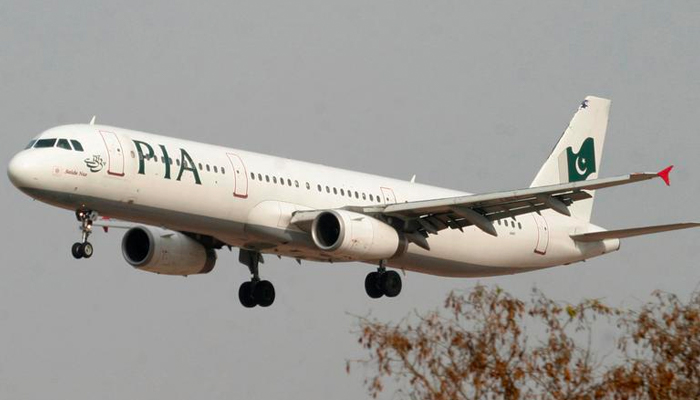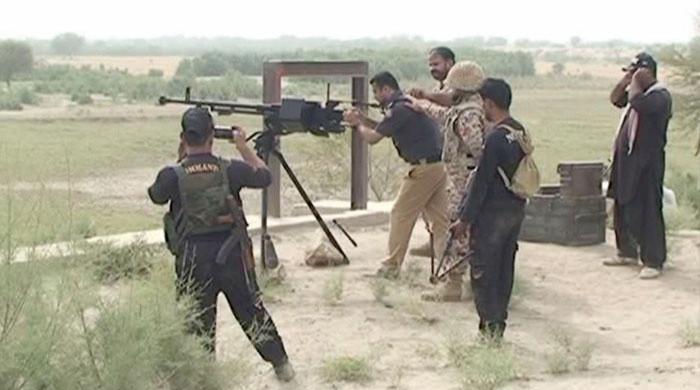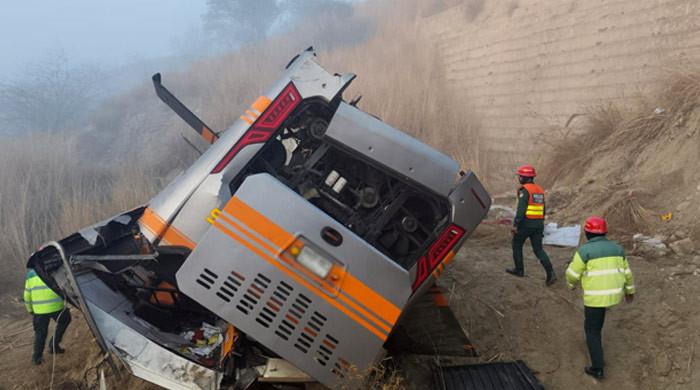Karachi administration proactive in curbing bird-airplane collisions
WhatsApp group with relevant officials created to ensure swift and prompt action in this regard
June 04, 2023

- WhatsApp group created to ensure liaison between relevant officials.
- SSWMB, Cantonment Board Malir and CAA officials to coordinate for action.
- City admin to ensure no animal remains strewn around airport during Eidul Adha.
To control frequent collisions between birds and aircrafts, Karachi Commissioner Muhammad Iqbal Memon has taken measures to address the matter in the metropolis.
Under the supervision of district Malir deputy commissioner, Memon has constituted a coordination committee to rectify the situation. A WhatsApp group with relevant officials has also been created to ensure swift and prompt action in this regard. The development was announced during a meeting of relevant officials of the city.
According to the commissioner, the Sindh Solid Waste Management Board (SSWMB), Cantonment Board Malir and officials of the Civil Aviation Authority would remain in contact to deal with any untoward situation.
He added that all institutions would work in close coordination to control the movement of birds in the surroundings of the airport.
The port city's commissioner spoke about formulating a policy with the help of an agriculture university to control the presence of birds in the area. The meeting also decided that piles of garbage would also be removed from the surroundings of the airport.
On the forthcoming occassion of Eid ul Adha, special measures would be taken to ensure that no animal remains are thrown or scattered in areas around the airport.
While bird strikes are relatively common, they can be immensely hazardous for pilots.
While very few deaths have taken place as a result of bird collisions with passenger jets with the danger of major accidents relatively low, the danger still persists. The collisions are generally fatal for the birds and can also slightly damage the airplane in 65% of the cases.
Bird strikes on the plane's windscreen are distracting and dangerous if birds get sucked into the engines.
During the take-off phase, when jet engines are spinning rapidly, a bird colliding with one of the fan blades has the potential to be shifted onto another blade, leading to a chain reaction of failures. This vulnerability is especially prominent in jet engines.









